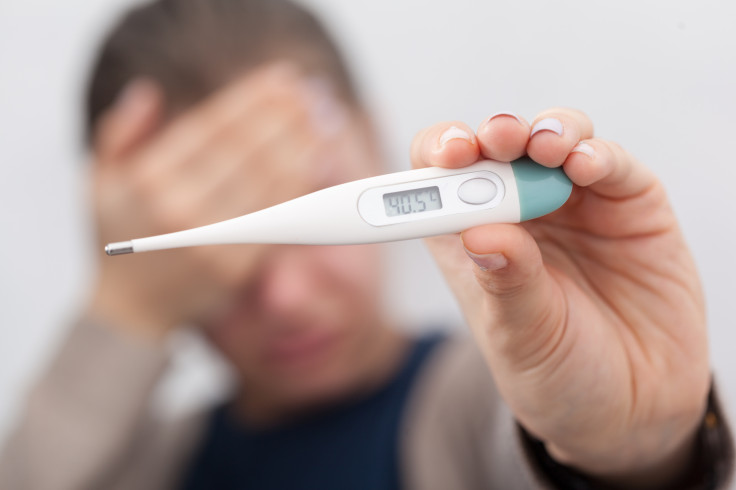Rare, Dangerous Bacterial Infection Surges In Japan: Know All About Streptococcal Toxic Shock Syndrome

A dangerous bacterial infection causing tissue damage is on the rise in Japan, with authorities facing challenges in determining its cause. Last year, the country saw a record high of 941 cases of potentially deadly group A streptococcal disease- streptococcal toxic shock syndrome (STSS). This year, the numbers are expected to exceed previous records, with 378 cases already reported in the first two months of 2024.
The Strep A bacterium that commonly causes sore throats can lead to STSS if the infection spreads into deep tissues and the bloodstream.
Streptococcal toxic shock syndrome escalates very quickly into low blood pressure, multiple organ failure, and even death.
"There are still many unknown factors regarding the mechanisms behind fulminant (severe and sudden) forms of streptococcus, and we are not at the stage where we can explain them," The National Institute of Infectious Diseases (NIID) said in a statement.
Although the infection is more common in adults 65 years old or older, according to NIID, the group A strain is now leading to more deaths among patients under 50. Out of the 65 patients diagnosed with STSS under the age of 50 diagnosed between July and December last year, approximately one-third died.
Meanwhile, experts raise concerns over the sudden surge in the infection and some believe that it has something to do with the lifting of restrictions along with reduced immunity after COVID-19.
"In my opinion, over 50% of Japanese people have been infected by Sars-CoV-2. People's immunological status after recovering from COVID-19 alter their susceptibility to some microorganisms. We need to clarify the infection cycle of severe invasive streptococcal pyogenes diseases and get them under control immediately," Ken Kikuchi, a professor of infectious diseases at Tokyo Women's Medical University told the Guardian.
Symptoms:
The infection often begins with influenza-like symptoms, including fever, chills, muscular pain, nausea and vomiting. This often quickly progresses into signs suggestive of specific organ failure, including kidney, liver, lungs, and blood.
Transmission:
The infection-causing bacteria can enter through skin openings such as surgical wounds or injuries, vagina, pharynx, or through mucus membranes such as skin inside the nose and throat. However, in almost half of the cases, the origin of the bacteria's entry remains unidentified.
Risk factors:
STSS can affect anyone but certain factors raise the risk. Adults aged 65 or older and people who had recent surgeries, skin injuries viral infections causing open sores such as chickenpox are at elevated risk. Conditions such as alcohol use disorder or diabetes can also increase the likelihood of STSS. Certain strains of group A streptococcus that produce toxins, especially streptococcal pyrogenic exotoxins, are more at risk of severe infection. People who use non-steroidal anti-inflammatory drugs (NSAIDs) might also be at elevated risk, though the evidence for this is limited.
Prevention:
To prevent the spread of group A strep infection, it is recommended to follow standard infection control practices, including good hand hygiene and covering while coughing or sneezing.



























